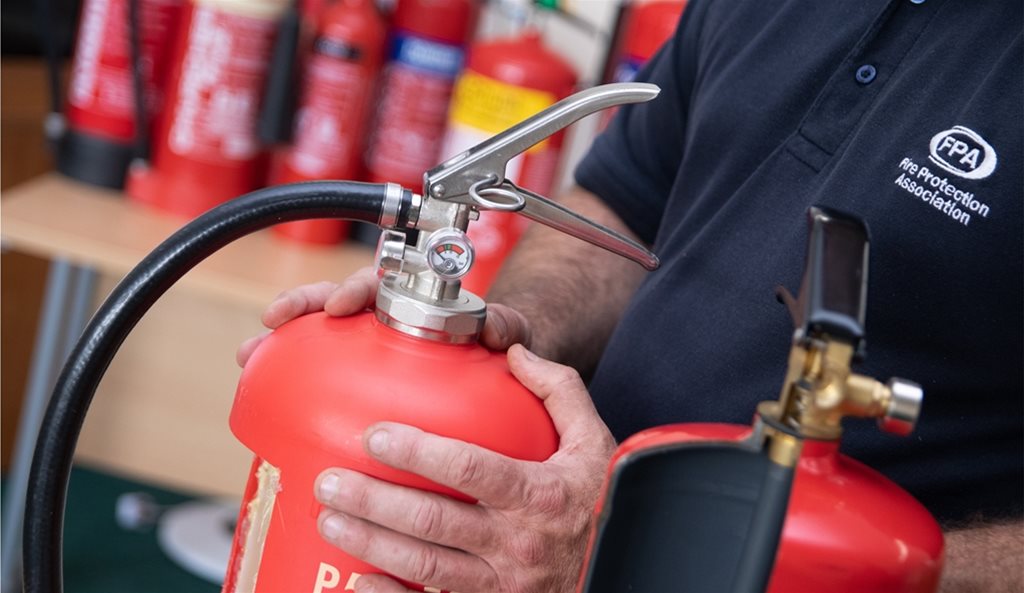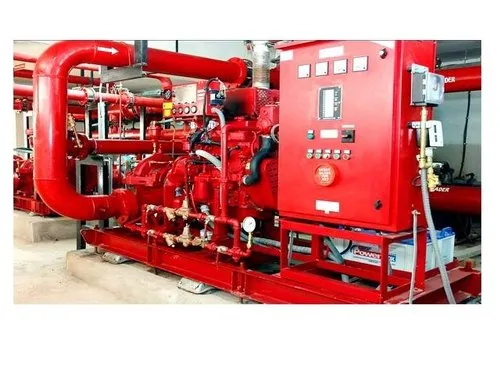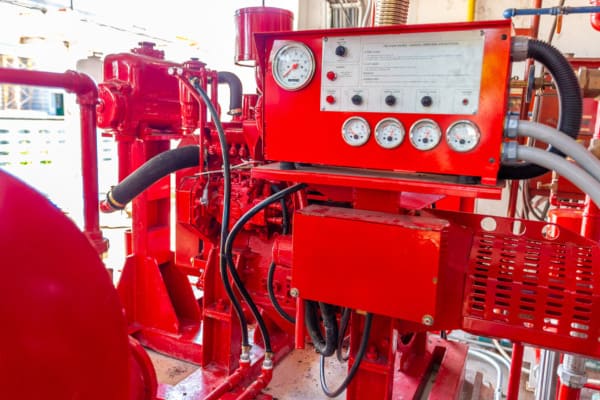Fire Extinguisher Training: fire safety training has become an essential component for businesses and organizations. Among these training programs, fire extinguisher training stands out as a critical aspect of workplace safety. This blog post will delve into five compelling reasons why implementing fire extinguisher training is not just beneficial but necessary for every workplace.
1. Enhances Safety Awareness
Fire extinguisher training significantly enhances safety awareness among employees. When workers understand the types of fire extinguishers available and how to use them properly, they are better equipped to respond to emergencies.
Understanding Fire Classifications
Fire extinguishers are categorized based on the types of fires they are designed to combat:
- Class A: Ordinary combustibles (wood, paper, cloth)
- Class B: Flammable liquids (gasoline, oil, paint)
- Class C: Electrical fires
- Class D: Metals (magnesium, titanium)
- Class K: Cooking oils and fats
Training helps employees recognize these classifications, enabling them to make informed decisions during a fire incident.
Creating a Culture of Safety
Moreover, regular training cultivates a culture of safety within the workplace. Employees are more likely to be vigilant and proactive about fire hazards when they are aware of potential dangers and the steps they can take to mitigate them.
2. Reduces Response Time in Emergencies
In the event of a fire, every second counts. Quick and efficient response can mean the difference between minor damage and a catastrophic event. Fire extinguisher training prepares employees to act swiftly and confidently.
Simulation of Real-Life Scenarios
Training programs often include practical exercises that simulate real-life scenarios. Participants learn how to approach a fire, assess the situation, and choose the appropriate extinguisher. This hands-on experience is invaluable; it allows employees to practice what they have learned in a controlled environment, reducing hesitation during an actual emergency.
Quick Decision-Making Skills
Furthermore, training enhances decision-making skills. Employees learn to evaluate the situation rapidly—whether to extinguish the fire themselves or evacuate and wait for professional help. This critical thinking is essential in high-pressure situations, where panic can lead to poor decisions.
3. Compliance with Regulations
Many countries have stringent regulations regarding fire safety in the workplace. Implementing fire extinguisher training helps organizations stay compliant with these laws, potentially avoiding hefty fines and legal consequences.
Understanding Legal Requirements
In the United States, for example, the Occupational Safety and Health Administration (OSHA) mandates that employers provide training for employees who may be required to use fire extinguishers. Similarly, the National Fire Protection Association (NFPA) outlines guidelines for fire safety in various settings. By adhering to these regulations, businesses not only promote safety but also protect themselves legally.
Insurance Benefits
Moreover, compliance with fire safety regulations can lead to lower insurance premiums. Insurance companies often offer discounts to businesses that can demonstrate a commitment to safety through training and proper equipment maintenance. This not only saves money but also enhances the overall safety culture of the organization.
4. Minimizes Financial Losses
Fires can lead to significant financial losses, from damage to property to the cost of business interruption. By implementing fire extinguisher training, businesses can minimize these losses.
Preventing Major Incidents
When employees are trained to use fire extinguishers effectively, they can often control small fires before they escalate. This proactive approach can prevent extensive damage to property and inventory, ultimately saving the company money.
Reducing Downtime
In addition to physical damage, fires can lead to operational downtime. A business that is forced to close its doors due to a fire can suffer financial repercussions that last for months or even years. By empowering employees to respond effectively, businesses can minimize downtime and maintain productivity.
5. Boosts Employee Confidence and Morale
Investing in fire extinguisher training sends a strong message to employees: their safety is a priority. This investment not only equips them with valuable skills but also boosts their confidence in handling emergencies.
Empowering Employees
Feeling prepared for emergencies can significantly enhance employee morale. Workers who believe they are equipped to handle potential threats are more likely to feel valued and engaged in their roles. This empowerment fosters a positive workplace environment and can lead to increased productivity.
Building Team Cohesion
Furthermore, training sessions often promote teamwork. Employees must work together to practice fire response procedures, which can enhance relationships and improve communication. A team that collaborates effectively in training is likely to perform better during actual emergencies.
1. What is fire extinguisher training?
Fire extinguisher training is a program designed to educate employees about the types of fire extinguishers, their appropriate use, and safety procedures during a fire emergency.
2. Why is fire extinguisher training important?
It is important because it enhances safety awareness, reduces response time in emergencies, ensures compliance with regulations, minimizes financial losses, and boosts employee confidence and morale.
3. Who should receive fire extinguisher training?
All employees, especially those who may be responsible for responding to fire emergencies, should receive fire extinguisher training. It is especially crucial in workplaces with flammable materials.
4. How often should fire extinguisher training be conducted?
Training should be conducted at least once a year, but more frequent sessions may be beneficial, especially for new employees or after any significant changes in the workplace.
5. What topics are covered in fire extinguisher training?
Training typically covers fire classifications, the types of fire extinguishers, proper usage techniques, safety protocols, and emergency procedures.
6. Are there legal requirements for fire extinguisher training?
Yes, many countries have regulations that require employers to provide fire safety training, including the use of fire extinguishers, to their employees.
7. What types of fire extinguishers will we learn about in training?
Participants will learn about various types of fire extinguishers, including Class A, B, C, D, and K, and how to use each type based on the fire classification.
8. Will there be hands-on training?
Yes, most fire extinguisher training programs include hands-on practice where participants can use fire extinguishers in controlled settings to gain practical experience.
9. How can I assess the effectiveness of the training?
You can assess effectiveness through employee feedback, quizzes, and follow-up drills to ensure that employees can demonstrate their knowledge and skills in real scenarios.
10. What should I do if I encounter a fire at work?
If you spot a fire, check it out first. If it’s small and you think you can handle it, grab the right fire extinguisher. getting big or spreading, get outta there fast and call for help. Your safety is way more important than trying to put it out!
Conclusion
In conclusion, implementing fire extinguisher training is an investment that pays dividends in safety, compliance, and employee morale. By enhancing safety awareness, reducing response times, ensuring compliance with regulations, minimizing financial losses, and boosting confidence and morale, businesses create a safer work environment for everyone.
If your organization has not yet prioritized fire extinguisher training, now is the time to act. The benefits far outweigh the costs, and the safety of your employees and assets should always be the top priority. Start today, and help your workplace be better prepared for any emergency that may arise.





